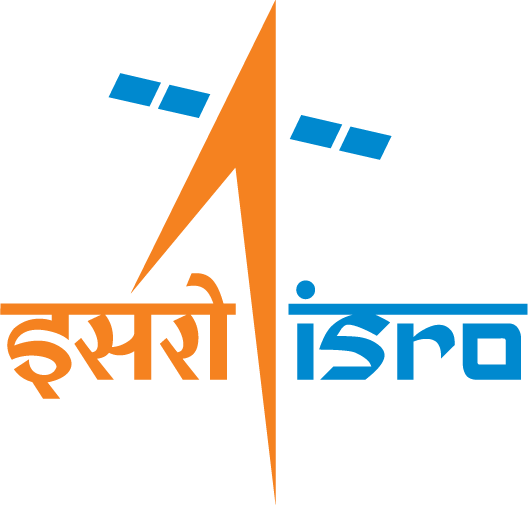Authors: Sreyasi Biswas and Charu Singh
An Atmospheric River (AR) is a long, narrow, and transient filament of enhanced water vapour that transports fresh water from the tropics into the mid-latitudes (Figure 1). These are popularly called ‘Rivers in the Sky’ because like a river, it carries a huge volume of water. In fact, if all its water vapour were to be precipitated out, it will have more volume of water than any river on the land.
The name ‘Atmospheric Rivers’ was first used in 1990s by Zhu and Newell, and later gained popularity after the publication by Ralph in 2004 titled, ‘Satellite and CALJET aircraft observations of atmospheric rivers over the eastern North Pacific Ocean during the winter of 1997/98’. These ARs are associated with different regional names like, ‘Pineapple Express’, ‘Hawaiian Fire Hose’, and ‘Maya Express’. However, within the scientific community, there were dispute regarding ARs, since people were of the opinion that an AR is same as other synoptic phenomena, like Warm Conveyor Belt (WCB), and Tropical Moisture Exports (TME). In 2016, the International Atmospheric Rivers Conference (IARC) formally drafted a definition for it, which read as. ‘An atmospheric river is a long, narrow, and transient corridor of anomalously strong horizontal water vapour transport that is typically located in the lowest 3 km of the troposphere and associated with a low-level jet stream ahead of the cold front of an extratropical cyclone.’ (Ralph et al. 2017).
An AR is typically embedded within WCB of the extratropical cyclones. It acts as a conduit to transfer the moisture from a TME to the WCB. Its sources of moisture include tropical moisture and local moisture convergence. Structurally, an AR has a low-level jet that marks its core and is bounded by a cold front in its north. Almost 75% of the ARs moisture flux is confined within the lower 3 km of the troposphere since moisture is concentrated there. Hence, ARs are dictated by tropospheric weather and climate elements. Synoptic phenomena, like El Nino Southern Oscillation (ENSO), Arctic Oscillation (AO), etc. too have an influence on them. They are longer than 2000 km and have width typically ranging from 300 – 500 km (Gimeno et al. 2014).
The ARs are associated with extreme precipitation and floods. When an AR meets a barrier, like a mountain, it sheds its moisture in form of heavy rain owing to orographic lifting. They have been attributed to some of the worst floods that hit the Western Europe. The US and Canada have established dedicated missions to monitor and carry out extensive study on them. In India, they are correlated to extreme fog episodes. ARs are attributed to sea ice melting and rising sea level at the polar regions and Greenland and also enhancing snow accumulation, as is found on the East Antarctic. Weak ARs provide an invaluable source of water to an otherwise water-deficient regions of the globe.\

In the present climate change scenario, these ARs are projected to intensify and become more frequent and contribute more to extreme rainfall and disastrous floods around the globe.
References:
- Gimeno, Luis & Nieto, Raquel & Vázquez, Marta & Lavers, David. (2014). Atmospheric rivers: A mini-review. Frontiers in Earth Science. 2. 10.3389/feart.2014.00002.
- Ralph, Fred & Dettinger, Michael & Lavers, D. & Gorodetskaya, Irina & Martin, A. & Viale, Maximiliano & White, Allen & Oakley, N. & Rutz, J. & Spackman, J. & Wernli, H. & Cordeira, Jason. (2017). Atmospheric Rivers Emerge as a Global Science and Applications Focus. Bulletin of the American Meteorological Society. 98. 10.1175/BAMS-D-16-0262.1.



